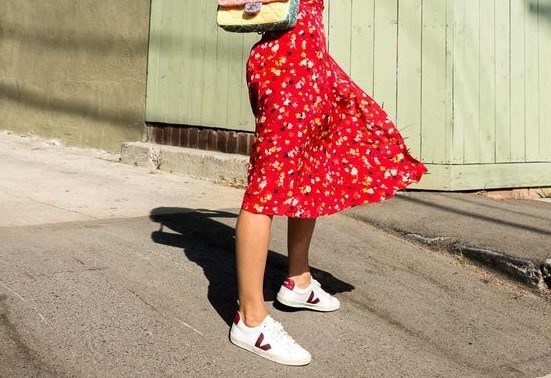Poverty in the fashion industry is a huge problem, with workers being exploited in factories abroad.
It’s easy to dis-engage from the workers that have produced our clothing in Australia, however Oxfam has released a new report “What She Makes” to ensure brands and consumers take notice and ensure living wages are paid.
I spoke with Oxfam Australia Chief Executive Dr Helen Szoke, to go into more detail about the report and how we can move towards fair working conditions.
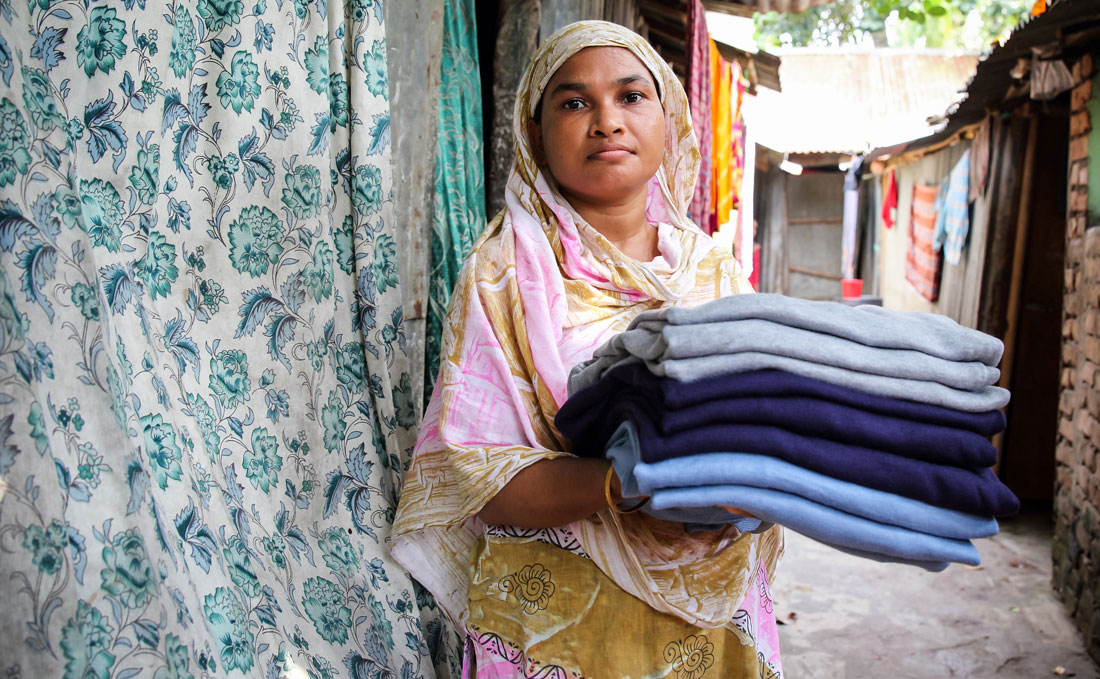
“Brands sourcing from Asian countries…are taking advantage of cheap labour in these counties to offer clothes at a reduced price”.
What were the selection criteria to select which brands to investigate & the method of obtaining the data?
Oxfam selected companies by examining their size and market share in Australia and looking at their target markets. We’ve started out by examining some of the biggest and most prominent brands in Australia – to encourage a ‘race to the top’ on wages for garment workers. We’re open to adding more companies to the list in the future.
In its research, Deloitte Access Economics examined the share of the retail price of clothing that currently goes to factory workers, looking at data from the supply chains of a range of retailers. Deloitte also examined current living wage benchmarks and found that, on average, it would only increase retail prices by one per cent to pay factory workers a living wage
What was the methodologically behind the ratings?
Oxfam has done an extensive desk research to develop the rating criteria and assess the companies against the criteria. We have developed a company ‘tracker’, which we will keep live to monitor companies’ commitments and actions. We’ll call out companies that do not keep their promises, and continue to engage to encourage them to do the right thing – and we’ll also acknowledge when companies do the right thing.
The tracker covers the key areas of transparency (which means publishing the locations of factories), basics including the right to join a union, grievance processes and a public gender policy, a public commitment to paying a living wage within a set timeframe and a strategy outlining step by step to achieving payment of a living wage
"On average, just 4% of the price of a piece of clothing sold in Australia goes toward workers’ wages in garment factories."
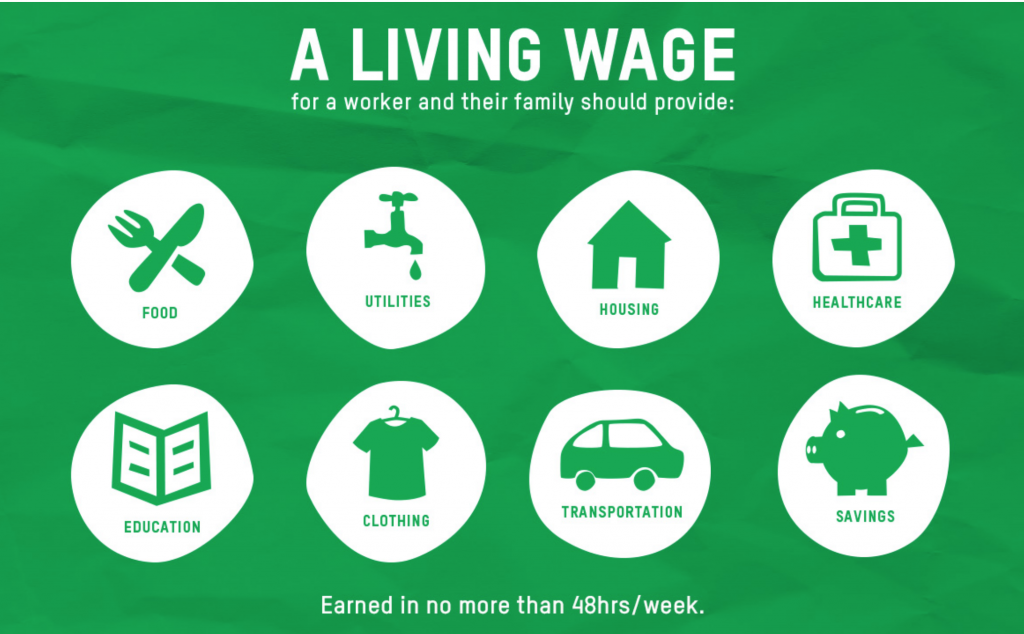
If a company is transparent, does that necessarily mean they are ‘good’?
Transparency is a good start – and while it does not necessarily mean a company is “good”, it is a crucial step to transforming the clothing industry to make sure workers are getting a fair deal. Without knowing where a brand is buying its clothes from, how can the brands be sure that the factories where the clothes are being made are safe?
We all remember the horrific collapse of the Rana Plaza factory in 2013. Over 1,100 garment workers lost their lives because that factory was not up to fire and safety standards. And because companies were not honest about where they made their clothes, it took months of picking through the rubble at Rana Plaza to identify which brands were actually using the factory.
In the past two and a half years, 12 of the biggest brands operating in Australia have published the majority of their factory locations online – keeping them accountable when problems occur. We’re now asking for Australians to work with us again – and tell their favourite brands they won’t stand for poverty wages in the making of their clothes.
How have brands responded to the report?
No brand has so far disputed the data and information presented in the report. In our meetings with the brands, they found the reports useful as they offer tools and examples that they can use to make decisions. We are actively engaging with brands, discussing how they may embark on this journey of paying living wages and how Oxfam may assist in the process.
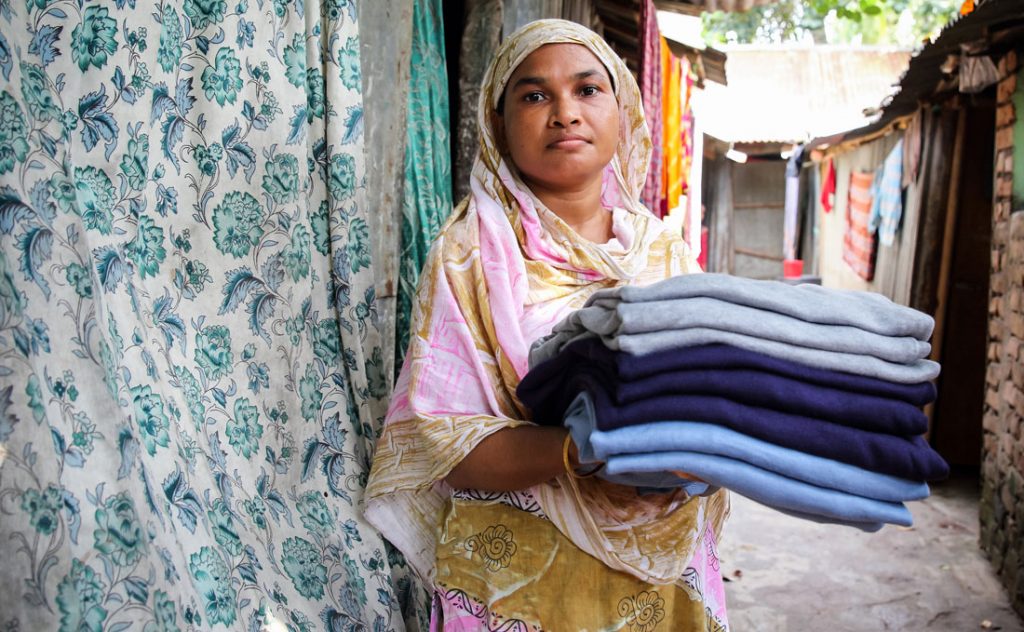
If the petition is signed, what is the next step? Is the next move as simple as raising the living wage by $1?
New research by Deloitte Access Economics has found that the cost – even if it is passed on to consumers – of paying living wages to garment workers is surprisingly low – adding about 1% to the retail price of a garment.
Of course, Oxfam is not suggesting that the cost should be passed on in this way. The research also found that, on average, garment companies in Australia spend 41% of the cost of each garment on their costs of doing business and 36% of the cost of each garment on the purchase and freight of goods. There is room within their margins for companies to lift the amount they pay to suppliers for factory wages.
We are encouraging every garment company to look at their supply chain, and find where they can make changes in order to ensure that the people who make our clothes can live and work in fair conditions, with fair pay. That’s why we’ve asked companies to not only make a commitment to living wages, but also to take the time to develop a clear, public roadmap that examines their supply chain and sets out how they will achieve that goal – and over what time frame. Oxfam’s report makes 13 recommendations to improve the overall living and working condition of the garment workers.
How does the industry prevent factory manager’s corruption even with an increase in living wage?
One of the reasons brands need to get the basics right – ensuring workers can join and form unions to represent their rights, and that companies themselves have in place clear and effective complaints procedures – is that without these checks and balances it will be hard to ensure money gets to where it needs to go. That’s why we are monitoring and calling for these commitments.
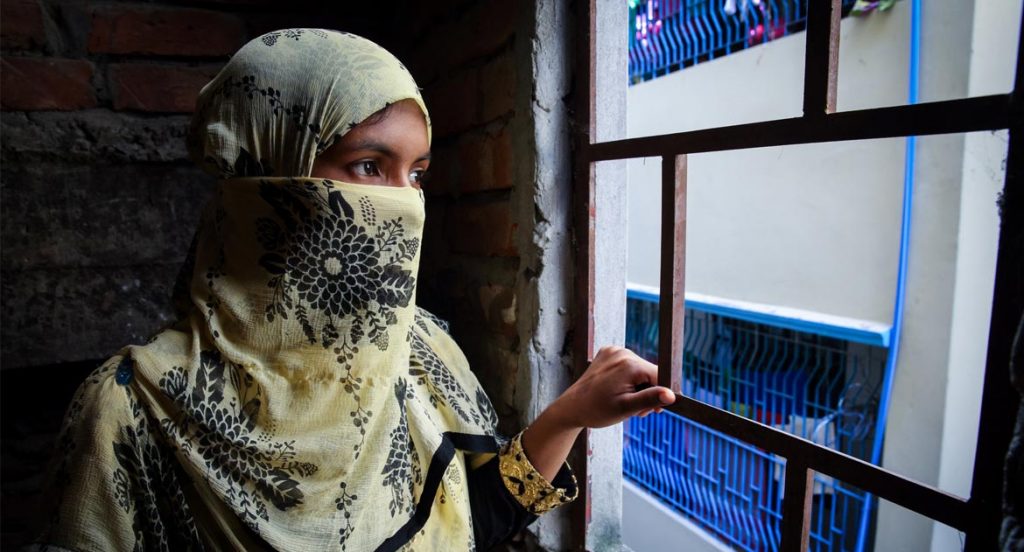
Looking at the average cost structure of a t-shirt, it’s absolutely disgusting how unfair it is. How have workers’ wages remained so low and retail margins so high?
Minimum wages are the legal, lowest wages allowed to be paid to workers, set by governments. Originally, setting minimum wages in law was meant to ensure that workers were always legally paid fairly for their work – with wages being enough for living healthily and in decent accommodation. In reality, governments have instead entered a ‘race-to-the-bottom’ on wages, trying to attract foreign companies by suppressing wage levels and keeping them low. The result has been that in many countries, including the key garment-producing countries of Asia, legal minimum wages are as low as a quarter of what people really need as a fair, living wage.
This price competition is accelerating at the expense of the workers, mostly women, who make our clothes – and resulting in poverty wages.
What are your recommendations to brands that want to pay a fair living wage but can’t afford to get fair trade certified?
At the end of the day, it is the responsibility of the garment companies to ensure that no human rights abuse take place in their supply chain. What we know is that right now in these supply chains women are being paid poverty wages. They are sleeping on floors, unable to buy enough food at the end of the month and living in slums. This is unacceptable but it is what is happening in the supplier factories of Australian garment companies.
To help brands, Oxfam has developed a handbook A Sewing Kit for Living Wages, and further recommendations are on page 32 What She Makes.
Send an email to Australian brands or sign the petition here.
*Please note the answers have been edited for editorial purposes.


